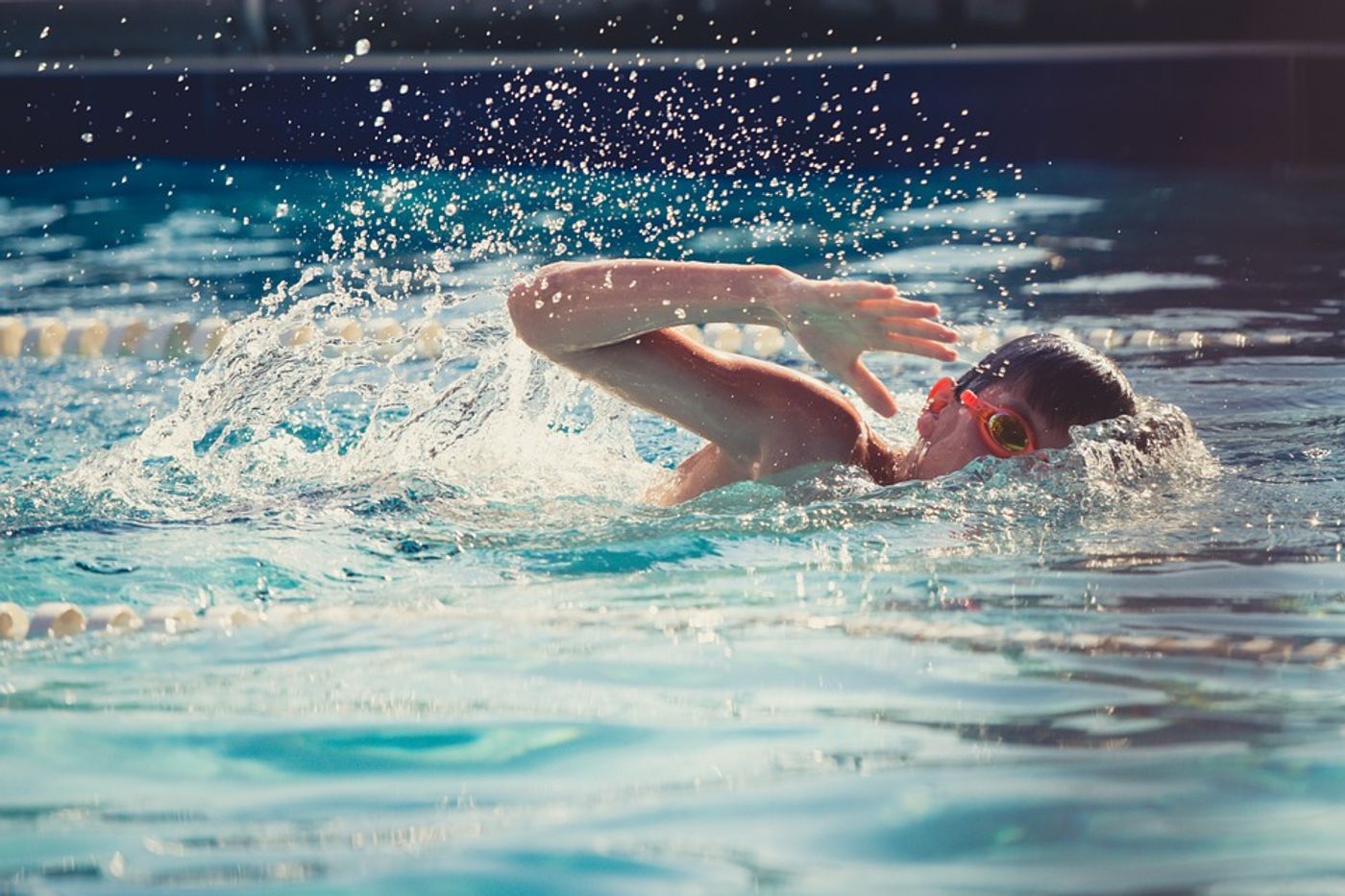Avoiding Injuries In Youth Sports
It is widely accepted that youth sports are good for children. When asked why they've enrolled their children into sports programs, parents often speak of the assumed benefits of enhanced self-esteem, peer socialization, and general fitness.
In some cases though, an emphasis on competitive success can have negative consequences for the youth involved. Generally, this occurs at high levels in sport where scholarships or opportunities to play nationally are at risk.
In these elite travel teams, there is excessive pressure to train intensively, often before appropriate skills have been developed.
It is estimated that 27 million youth between the ages of six and 18 participate in team sports in the US. An additional 33 million children participate in some form of organized athletics, according to The National Council of Youth Sports.
These children are at an increased risk of suffering overuse injuries. An overuse injury occurs when a repetitive submaximal force is applied to the joints, muscles or connective tissues without sufficient recovery time before the next event. This mistreatment of the musculoskeletal system is often standard on youth teams were multiple games may be played in one day or on multiple days in a row.
Because the risk of injury is so high, it is essential to know when an injury might arise. The strongest predictor of overuse injury is a prior injury. This is because of inadequate healing of the initial injury or failure to identify and correct the factors that led to the initial injury.
Workload is also a strong predictor of overuse injury. Training at higher volumes has consistently been linked to an increased risk of overuse injury. Specifically, training 16 hours per week, or more, is associated with injuries requiring medical care.
Improperly sized or maintained equipment is another indication that a player may be at risk. Regular adjustments to sizing should be made as children grow. Also, appropriate equipment needs to be selected based on each athlete’s size and development.
Lastly, sports specialization is a risk factor for overuse injury in young athletes. Parents or children hoping to reach elite levels may choose to specialize in one sport early on. This places repetitive forces to the same joints and tissues over many years, increasing the risk of injury or lifelong malformity.
More recently, researchers have begun to question if this assumption is even accurate. Studies have shown that playing multiple sports to reduce strain on the body not only prevents overuse injury but maybe an effective strategy for reaching elite levels.
Suggestions from sports scientists for avoiding overuse injuries include limiting participation time, participating in pre-season strength and conditioning programs, and monitoring equipment for sizing and maintenance concerns. It’s also recommended to limit repetitive sport specific movements, which can be done by involving using a variety of sports rather than just one.
With some careful monitoring from coaches and parents, risks can be managed, and children can focus squarely on the fun of the game.
In the above video, Dr. Matt Roth discusses how youth sports have gotten out of hand in the U.S. and the risks they pose to players.
Sources: Clinical Journal of Sports Medicine











